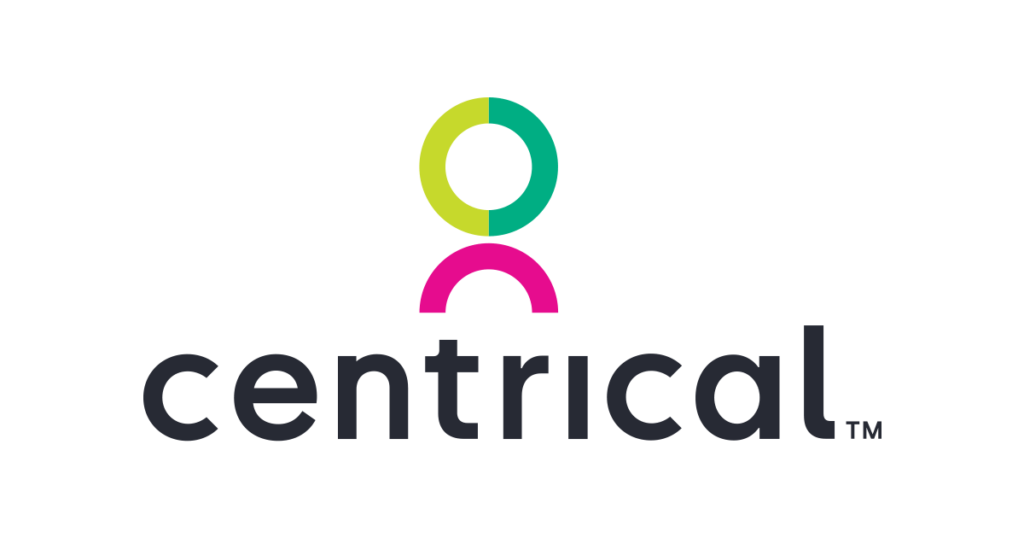Enlisting a Fitness-Tracker Approach to Boost Professional Performance

Reading time: 4 min 38 sec
Our technology-focused world has redefined many of our daily activities, including how we stay fit. A wave of technologically-enhanced fitness products and apps allows us to maximize our workouts and manage a healthy lifestyle in a far more efficient way. These innovations allow us to track our every activity, guide us through our day and prompt us to achieve our fitness goals.
But what if the elements that enable this were not limited to the world of fitness?
What if personal-performance tracking and real-time feedback, based on real-time data were used to transform another area of modern life; say- the workspace?
Well, they are.
Why are Fitness Trackers the Perfect Performance Management Tool?
The mechanisms that make Fitness trackers so effective in driving a healthy lifestyle are simple; transparent self-tracking, specific and measurable goals, real-time and data-driven feedback, all wrapped into a fun and intuitive, cool-looking package.
As opposed to the traditional (and usually antiquated) methods and technology we use to manage and track performance in our workplace, fitness trackers are nothing short of groundbreaking. There is complete accountability, no vague measurement, no biased feedback or self-reporting, and most importantly, everything is SMART – Specific, Measurable, Achievable, Relevant and Time based.
Fitbits use a variety of tracking sensors, such as accelerometers and altimeters to track our every move. This data is used to generate dynamic, personalized goals based on individual capabilities, desires and past-performance.
The data, and what it says about our performance as it pertains to achieving our goals (i.e how far away we are from reaching them), is simple to read and always there, available at the palm of your hand.
Automated prompts, feedback and calls-to-action are triggered based on our performance – “100 more steps to hit your goal today”, “You shaved 20 seconds off your run time”.
Lastly, in some trackers, recognition in the form of badges, awards and social sharing capabilities are built-in, making the whole process far more intrinsically-rewarding, collaborative and fun.
So how can we translate this in to our business environment?
Tracking Professional Performance
Many of the elements that make fitness trackers effective are already available for us in the modern workplace.
Every day, multiple sensors create mounds of metadata chronicling our employees’ performance, and which can provide us clear, concrete information regarding the state of our business. CRMs track employees’ activities and results, call-logs show the efficiency of service teams and compliance with process, customer-surveys measure employees’ ability to engage clients, and ERPs tell us if stock is managed correctly. The list of available sources and sensors is endless.
Just like with fitness trackers, this data can enable us to provide employees with benchmarks and short and long-term goals, specifically tailored to each employees’ capabilities and past- performance. All we need is to connect our goal-setting mechanisms to the data.
Using the right systems, we can create dashboards that interpret this data, transforming it so that it is meaningful and useful to employees. These dashboards are designed to be intuitively accessible and transparent, in order to give employees the opportunity of self-tracking their performance anytime and anywhere. Opting for incorporating these devices has proven to have a profound effect on organizations, breeding accountability and focus.
This real-time data-fueled approach can be taken a step further. An employee can receive a notification such as “Make just two more calls to hit your daily goal” or “Complete this training simulation to improve your CSAT”. Just like with fitness trackers, clear, relevant and specific goals are much more likely to drive actual behavior-change and meaningful results.
Lastly, it should be noted that all of this can be made fun and engaging. Borrowing elements from the world of gaming, such as offering users to complete levels, win badges, challenge colleagues and share achievements, makes this process enjoyable for users. Adopting gamified platforms has proven to yield high-levels of employee engagement with their goals, coupled with sustainable improvements in performance.
Making Better Managers
The fitness-tracker approach is not only great for employees; it can also be used to help elevate mediocre managers to good ones, and good managers to great ones.The same real-time data we use to motivate employees can prompt relevant calls-to-action for managers, such as “Chris is falling behind today” or “Jack might need coaching on the new product line”. That way, they can preemptively tackle an employee-related problem, instead of trying to fix things when the damage has already been done.
Backed by data, we can help our managers formulate feedback which is far more focused and unbiased. Additionally, we can help them more accurately recognize employee achievements and extended bonuses based on indisputable data, rather than sentiments and personal preferences.
In short,this approach completely transforms the most fundamental element of a successful organization: the dialogue between employees and managers.
Data-Driven Management
Data drives everything within our operational environment; we use it to optimize production, manage inventory, plan our resources and forecast sales. Managing our businesses without it would be impossible.
So far, processing the aforementioned real-time data and presenting it in an engaging and user-friendly way, has been done primarily to support managers to form better strategy and make more impactful business-related decisions.
There is no reason why employees shouldn’t benefit from it, as well.
Taking a page out of the fitness-trackers’ play-book will allow for those levels of accountability and efficiency to trickle down to all the workforce; whether it be sales representatives, service-center agents or call-center workers. These methods have the potential to revolutionize your workforce.
If we trust real-time data innovations to help us lose weight and stay in shape, there is no reason we shouldn’t do the same to help us create a far more efficient, productive and motivated workforce.
Using the right tools, your managers and employees will work together, shaping and paving the road towards enhanced business results and increased revenue.
About Gameffective
Gameffective is an Employee-Centric Performance Management Platform – the “fitness tracker” for the Connected Workforce of the Future. Gameffective empowers employees to boost their work performance through hyper-personalised goals, real time tracking and data-driven feedback and coaching. Deployed with the world’s leading organizations Gameffective helps managers drive up employee value day by day. To find out how Gameffective can help transform your organization go to www.gameffective.com or book a live demo.







